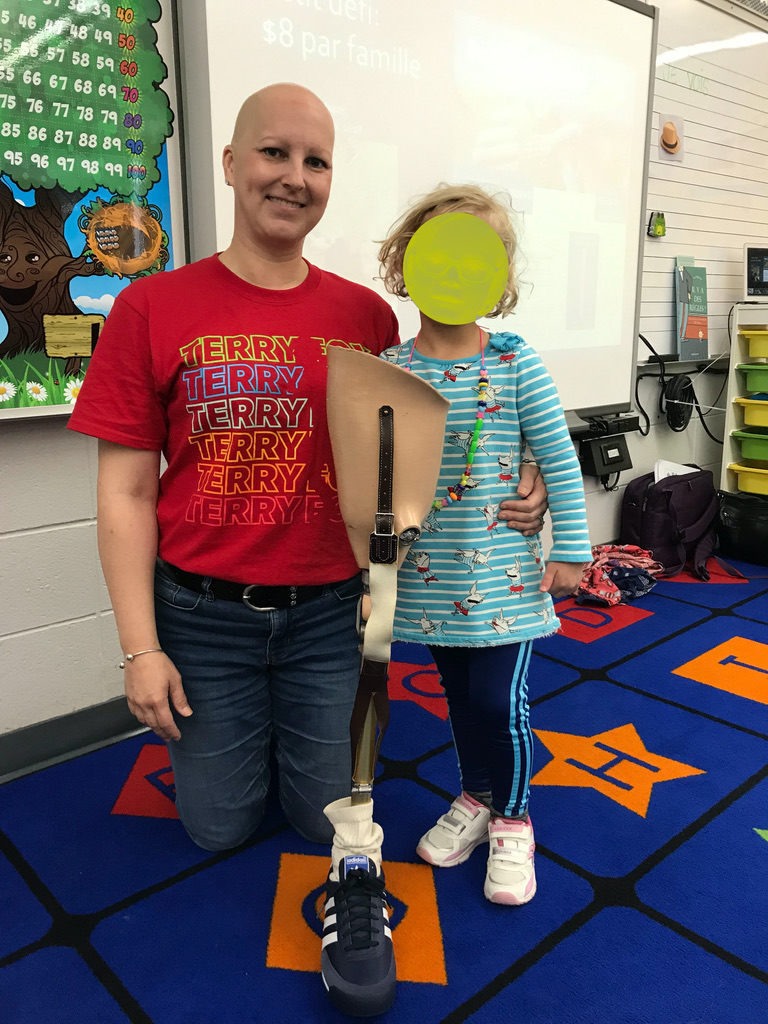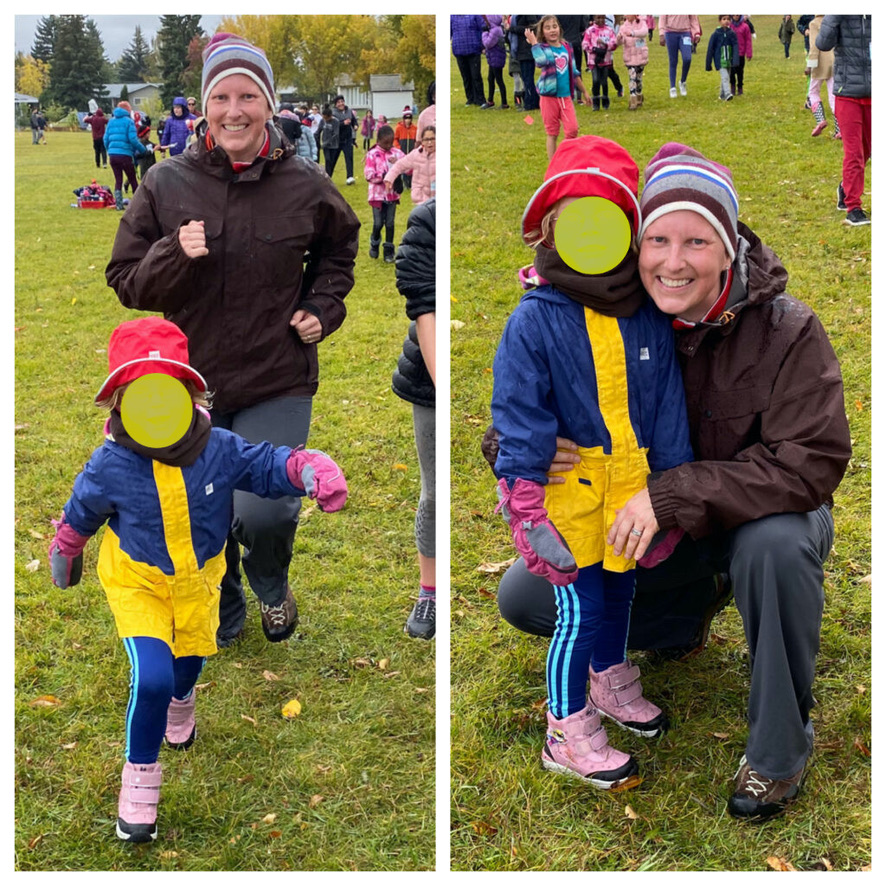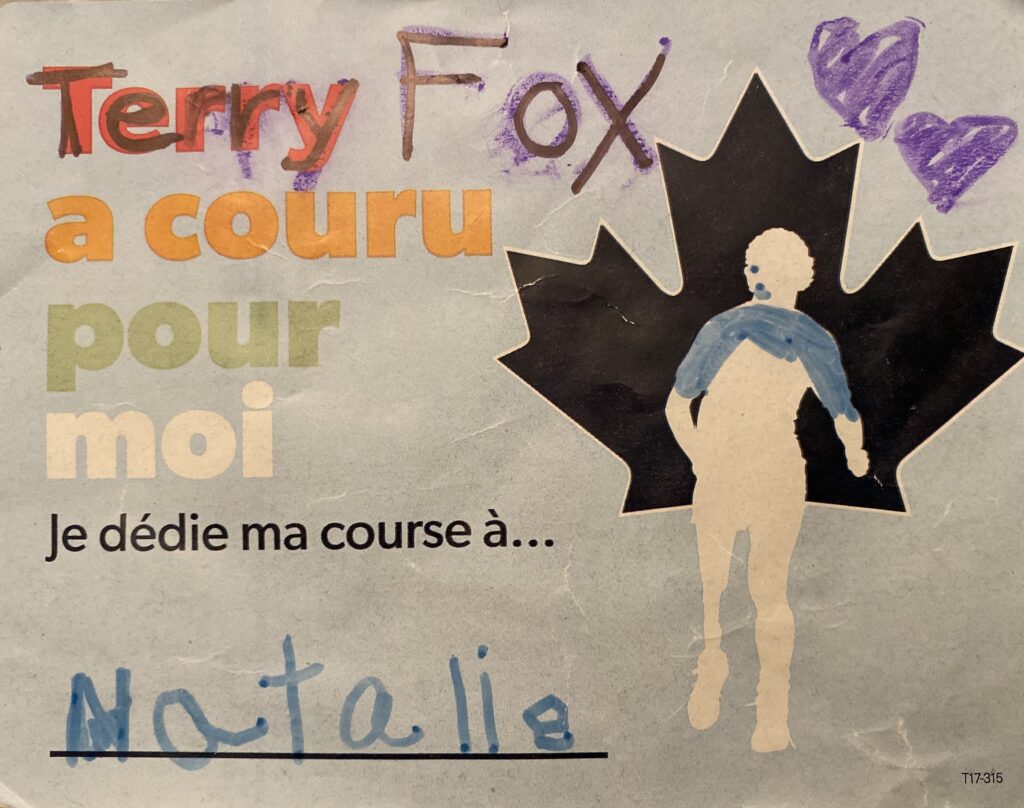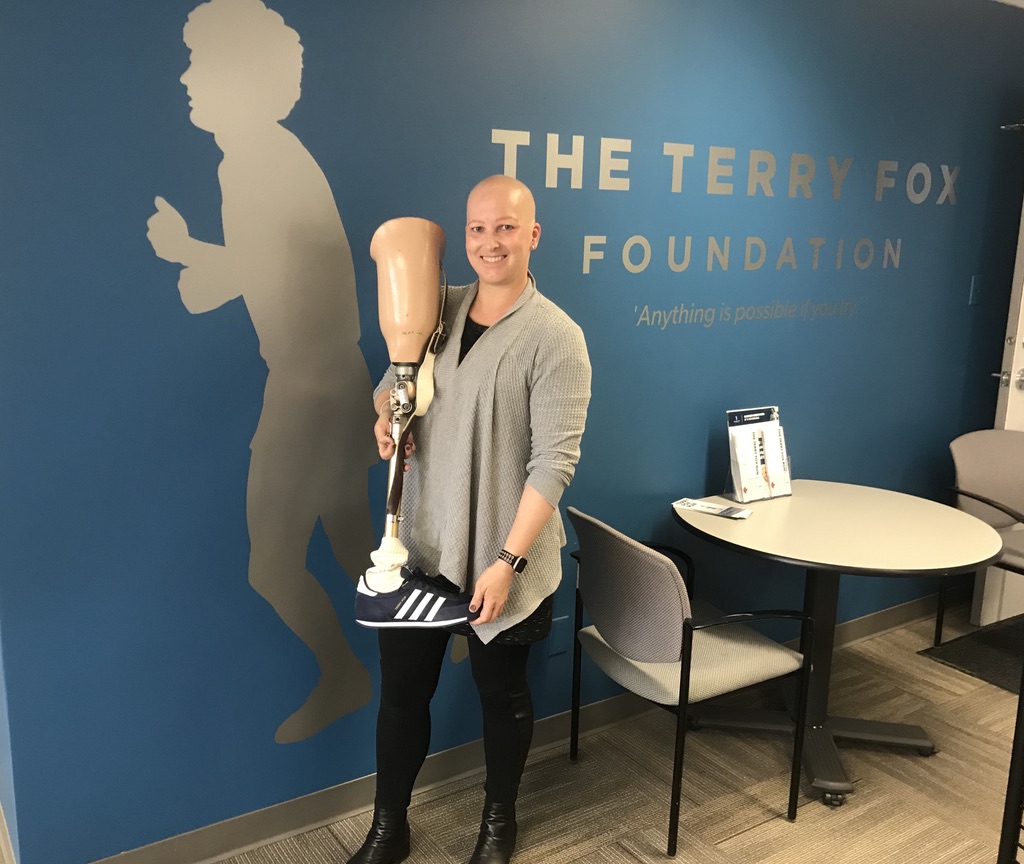These were the words my five-year-old daughter (identified as V) was subjected to on her bus ride home on the first day of school this year. The morning school bus didn’t show up, so in a mad rush, I dropped her off in the schoolyard, without a hat or makeup. Thinking back, I must have looked scary to children who had never seen anyone going through chemotherapy.
My daughter was quite upset that evening and told me she tried to defend me by explaining that I had cancer and my medications had made me lose my hair. She tried assuring her bus-mates that it was temporary, and my hair would grow back. She told they continued to make fun of me, so she simply ignored them. I told her that I was very proud of her sticking up for me, especially in front of many older students and I told her ignoring them was an appropriate response.

That night, I wondered what I could do to prevent address this. After mulling through many different scenarios, I called the school the next morning and asked if they would be hosting a Terry Fox run as they had last year. The Vice-Principal confirmed they were. I explained what had happened to my daughter on the bus and wanted to turn it into something positive. I asked the school would consider having me as a guest speaker. I was hoping to explain what it is like to go through cancer treatments and how it affects everyone around me. I ensured her it would be a positive approach to living with cancer. She liked the idea, so we sprang into action. Her Terry Fox lead coordinated time with the students and I contacted the Alberta branch of the Terry Fox Foundation to see if they had any materials, information or facts I could use. They did. We met, they provided me what I needed to be successful, and just like that, I became a Terry Fox Ambassador!
My approach for my presentation was to talk about Terry Fox and how I remembered watching him as a child. Then, I would talk about my experience with cancer. I thought I was as prepared as I ever was to do these presentations at my daughter’s school. Who better knew my story than me? I since I was a national team snowboarder who represented Canada on the World Cup Circuit for 3 years, I thought this “cool factor” would make me more interesting to the students. Armed with a visual presentation and numerous interactive props that I could use with the children (my wigs, head scarves, a split pea in a bag (to show the size of my lump when I found it), and the best part… a replica of Terry Fox’ artificial leg! I was ready!
So much for that theory. I quickly learned in my first presentation that the hook wasn’t the snowboarding career I thought they would be attracted to. It was the two pictures of my family: one with hair from December, a few short months prior to my diagnosis, and one from August, fully bald in the thick of my diagnosis. That wasn’t the case. What captured their attention was V. If they didn’t know her personally, they had seen her around, so they knew of her. What they cared about was I was the mom with cancer of a student they were going to school with. That was what made me relatable and the presentations more interesting to them. So, I adapted accordingly.
My next incorrect assumption was that the younger kids would have the easiest questions and the older ones would possibly be more challenging. I started all my presentations that I was open to all the questions they had. Let me tell you, the youngest children definitely put me to the test. I realized afterwards that the children in the lower grades tended to be the most curious. And, since they do not necessarily understand social norms, they had no filters with their questions. The oldest students were the ones that require a bit more prompting to open the door for conversation. These students took their time thinking about every word they were using. You could almost see the “hamster wheel turning” as they decided whether or not a question was appropriate and how to ask it without upsetting or offending me. As someone who does a fair amount of public speaking in my professional life, I was surprised at how unpredictable questions are in developing young minds. Some of the questions that stick out in my mind are:
- My dog had cancer. He died. Do human cancer treatments work for dogs too? And what about cats? And horses? And…
- Do you wear wigs because you are ugly without them?
- How did Terry Fox attach his leg stump to the artificial leg?
- Is cancer contagious?
- You said you exercise, eat well and have never smoked, but you still got cancer. Does that mean that it isn’t worth doing all those things, because we are told that it will help?
- Will you live to see V grow up?
- How does cancer form?
- How do you stop cancer cells from replicating?
- Will I [the student asking the question] get cancer?
- Is that your cancer in the plastic bag? (I had put a split pea in a plastic bag to demonstrate the size of my lump when I found it and suggested students put the bag under their t-shirt and see what it feels like since it’s so small and so they would know what a potential sign of cancer is.)

By the time I had done my presentations on the third day, some students were approaching me in the hallway to ask me questions they thought after I spoke to them. Some called out my name and waved to me as I was leaving the school and they saw me walking on the sidewalk beside their playground. V also told me that the two students who had made fun of her stopped being mean to her.
The following week, I ran the Terry Fox Run with my daughter. Every student had been given a sticker that identified who they were dedicated their run to. I noticed many students had written V’s name down. Initially, I thought it was only her classmates who had done this, but as we ran, many students who weren’t in her class stopped us to show us who they were running for. While some were for me, many were for V. That’s when I realized that the students understood that even though I am the one with cancer, the disease also impacts my family, my friends and our community. And I couldn’t have asked for a more rewarding validation of the impression left by the presentations I made.

If you found this post insightful, please feel free to buy me a coffee or contribute towards some of my uninsured medical expenses.

